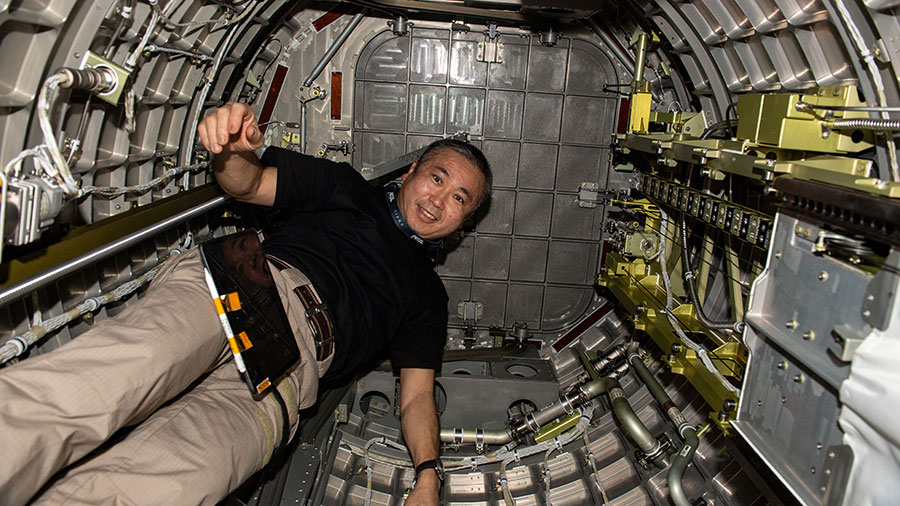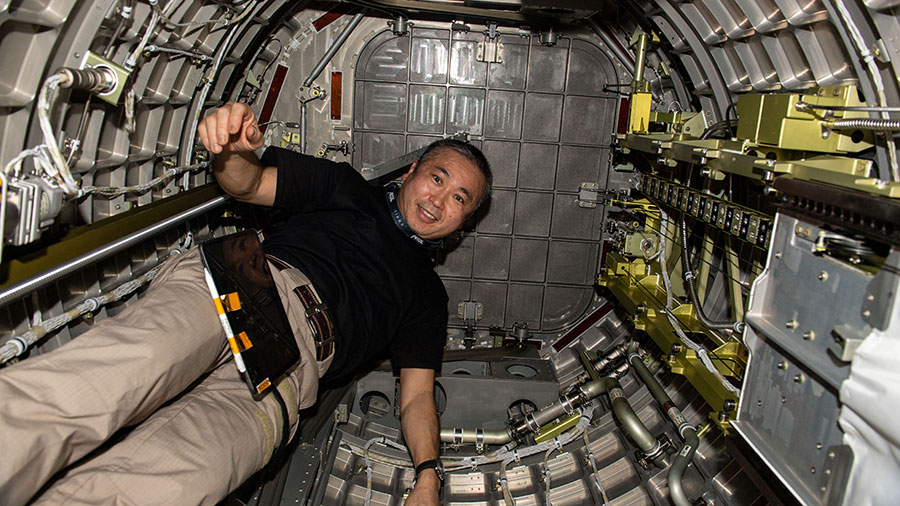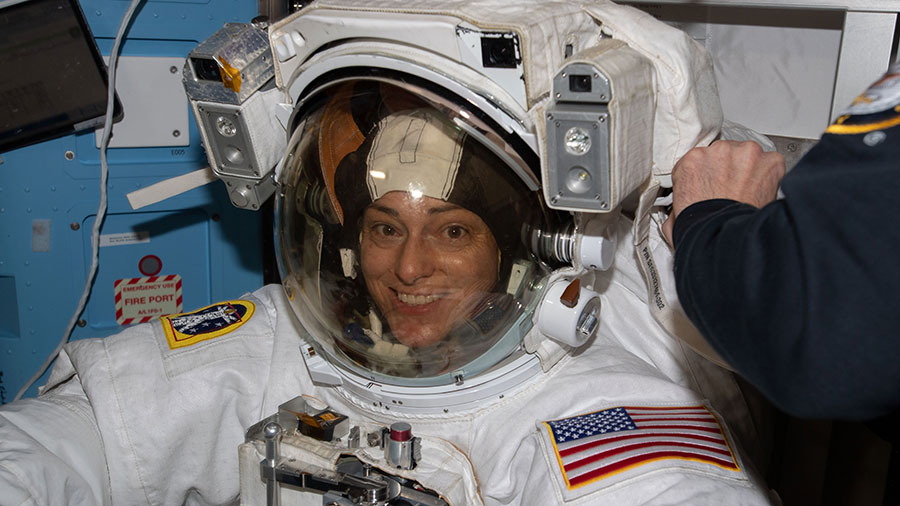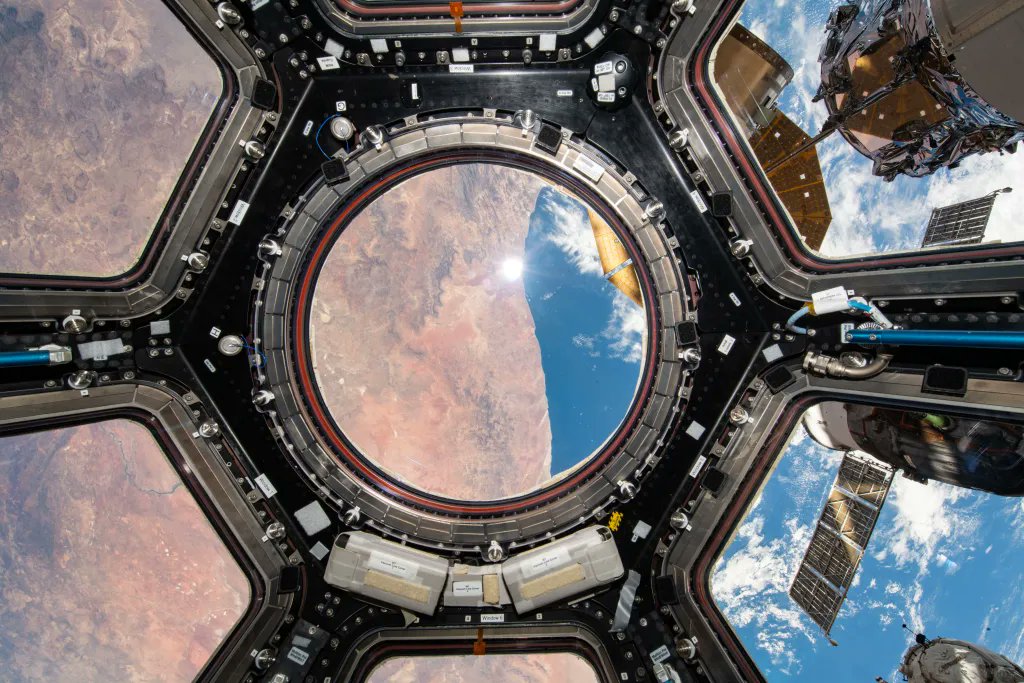
The Expedition 68 crew will go into the weekend packing a U.S. resupply ship before it departs the International Space Station on Monday. In the meantime, the seven orbital residents concluded the work week researching a variety of space phenomena, maintaining advanced science hardware, and wrapping up three days of eye exams.
The SpaceX Dragon cargo craft will complete a 43-day mission at the orbital lab when it undocks from the Harmony module’s space-facing port at 5:05 p.m. EST on Monday. NASA astronauts Josh Cassada, Nicole Mann, and Frank Rubio will join astronaut Koichi Wakata of the Japan Aerospace Exploration Agency (JAXA) and spend Saturday and Sunday loading Dragon with critical research samples from completed station experiments for analysis on Earth after it splashes down off the coast of Florida. NASA TV will begin live coverage of Dragon’s undocking and departure at 4:45 p.m. on NASA’s website and the agency’s app.
However, the station’s four astronauts spent Friday servicing advanced research gear and conducting microgravity experiments. Three NASA astronauts also concluded several days of vision tests as Mann scanned the retinas of Cassada and Rubio using standard medical imaging hardware found in an optometrist’s office.
Wakata began his day taking photos of a set of nanosatellites as they were deployed outside the Kibo laboratory module into Earth orbit. The CubeSats will demonstrate a variety of technologies such as communications, propulsion systems, and Earth observations. He also assisted Rubio connecting communications gear and patching cables inside the Columbus laboratory module.
Mann researched ways to generate nutrients on demand by manipulating genetically engineered microbes. Cassada tended to tomatoes growing for a space botany study. Both experiments are informing ways NASA and its international partners can sustain crews on missions to the Moon, Mars, and beyond.
Commander Sergey Prokopyev from Roscosmos worked on several science projects at the end of the week as he tested a 3-D printer, explored futuristic spacecraft and robotic piloting techniques, and studied ways international crews and mission controllers can communicate better. Flight Engineers Dmitri Petelin and Anna Kikina took turns attaching sensors to themselves measuring their heart activity then downloading the data to researchers on Earth for a long-running cardiac study.
Learn more about station activities by following the space station blog, @space_station and @ISS_Research on Twitter, as well as the ISS Facebook and ISS Instagram accounts.
Get weekly video highlights at: https://roundupreads.jsc.nasa.gov/videupdate/
Get the latest from NASA delivered every week. Subscribe here: www.nasa.gov/subscribe




